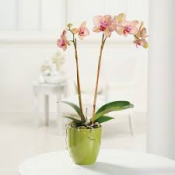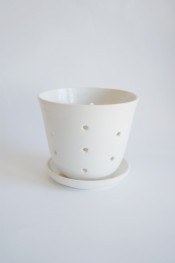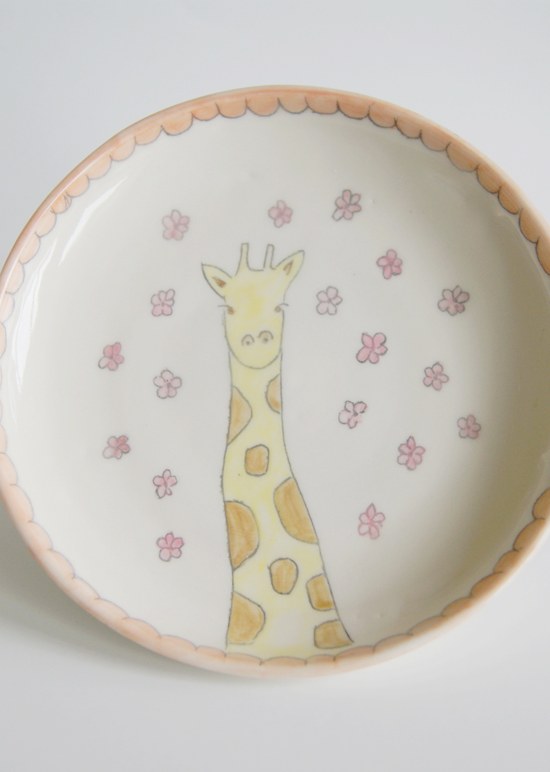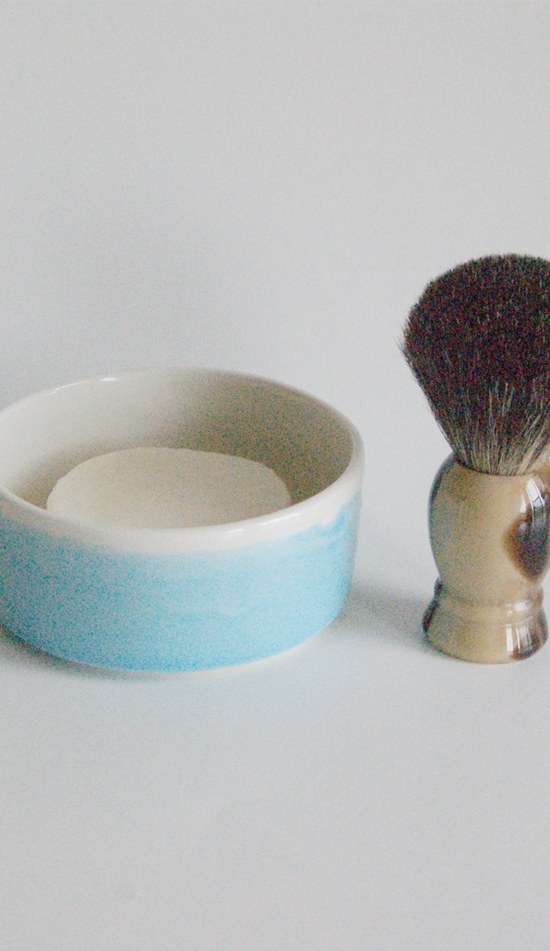
Phalaenopsis Orchid Care
I love orchids. The Phalaenopsis is the most common orchid due to its ease of production and the availability of blooming plants year-round. They are easily grown in the home and stay in bloom for a very long time. A mature phalaenopsis will be in bloom much of the year with graceful inflorescences loaded with good-sized blooms. From pure whites to unusual spotted harlequins Phalaenopsis are sure to please. Unlike many other orchids, Phalaenopsis can be repotted anytime, though it is usually best to do so when not in bloom.

The culture of Phalaenopsis involves windowsill light and consistent moisture. They do very well as houseplants and will grow and flower in a moderately bright windowsill. Each year, it will grow one or two new leaves. Once the growth phase is complete, usually in the fall, a bloom spike will emerge from the stem beneath the second or third leaf from the top. Sometimes we have to help a Phalaenopsis that is grown in a consistently warm home to realize it is fall by allowing it to experience lower temperatures (60’s) for several nights in order to set a bloom spike. They typically bloom in the late winter through the spring.
In late June and July, our orchids finally lose their blooms, some will remain in bloom for awhile longer. The ideal time to repot orchids is when they go out of bloom. Once it has finished blooming the orchid will focus on growing new roots and leaves in preparation for new flower spikes.
Establishing good watering practices can be a bit tricky at first for a new orchid owner. Phalaenopsis like to stay generally moist but not sopping wet and must always be kept in a pot with good drainage.
Late in the winter, I usually begin receiving requests for planters for these lovely plants. I have made quite a few and have sold them. I recently had knee surgery and I should be back to work in the next week. I have a few more of these planters to glaze, so if you are interested in one, please let me know and I can put your name on my list.






